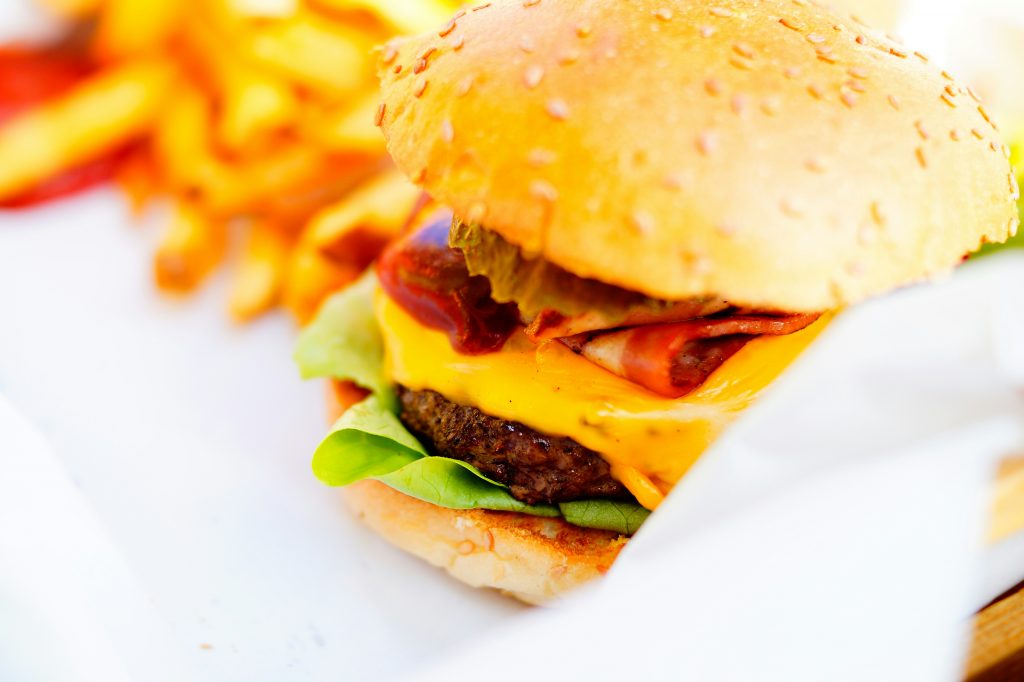
FUTURE OF QSR
26.08.2024
What’s Next for the Quick Service Food Industry?
In a challenging market environment, Quick Service Restaurants (QSRs) are proving to be more resilient than one might think. In fact, in the US following the 2008 financial crisis, the Dow Jones U.S. Restaurants & Bars index dropped about 13% however McDonald’s stock rose by nearly 5% as consumers ‘shifted down’ in their spending habits.
Today, in a macro-economic climate characterized by inflation and the rising cost of living consumers are increasingly motivated by convenience and value, further supporting the idea that QSRs might weather an uncertain storm. But what other factors might influence the sector’s performance? Let’s ‘Dig In’.
Changing Consumer Preferences
Over the past decades, there has been a considerable rise in out of home dining. While affordability and convenience continue to be the mainstays in driving consumer choice, especially among the Millennial generation, there are several other factors contributing to changing consumer preference. Health, sustainability and an increase in plant-based eating are three mega trends that the food industry is already responding to in real time. For instance, Mintel research shows the number of new packaged consumer goods that launched with a plant-based claim has increased by over 300% from 2018 to 2022 as trends of plant-based eating rise. QSRs are also taking note with several leading establishments such as McDonald’s and Burger King already launching plant-based versions of their crowd favourites such as the Plant-based Whopper rolled out by Burger King. Others are developing entirely new product lines to cater to the growing plant-based market such as Carl’s Jr.’s new ‘Fried Zucchini Star’.
Customisation, Digitisation & Customer Loyalty
As conscious and engaged consumers require more choice, they also demand more customisation. Chipotle has been well positioned to capitalise on these trends with their fresh, healthy and customisable menu options catering to changing consumer preferences. Digitisation has also been an incredibly transformative trend in the QSR market with QSR giant Yum Brands (owner of KFC, Taco Bell, Pizza Hut and More) aiming to have “100% of sales powered by digital,”. By integrating self-service order kiosks, mobile apps, system sales tools, and robotics, QSRs can not only benefit from a reduction in required human labour, but also unlock additional value such as increased access to consumer data and preferences, improved ability for suggestions, upselling, customisation and loyalty schemes to build brand value. Furthermore, some data supports that on average, kiosks and digital signage boards prompt people to spend 20-30% more compared to traditional human interactions.
Continued Expansion via Franchise Models
QSRs are well-suited to the franchise business model as they have replicable menus, systems and best practices, and their scalability supports rapid and efficient growth and expansion. While each location or new market entry will have unique challenges, generally franchises benefit from well-established brand recognition, a proven business model, and the support system provided by the master franchise in areas such as negotiated vendor relations, marketing support, technology and more. And if you think there still isn’t white space left for QSRs, think again. Towards the end of last year, McDonald’s announced its plans to open 10,000 new restaurants globally by 2027.
Conclusion: A bright future for QSR?
The main challenge of QSRs moving forward will be maintaining both convenience and value. While generally consumers have accepted the price increases of their favourite QSR food items, and thus QSRs have effectively been able to pass on increases in COGS to the consumer, QSRs must not lose their identity as value-driven consumer choices or they risk losing their customers. Thus if brands are able to adapt to changing consumer preference, embrace the benefits of new technologies and push for continued market expansion while continuing to deliver value and convenience, QSRs can come out on top as market winners, even in economic downturn.
